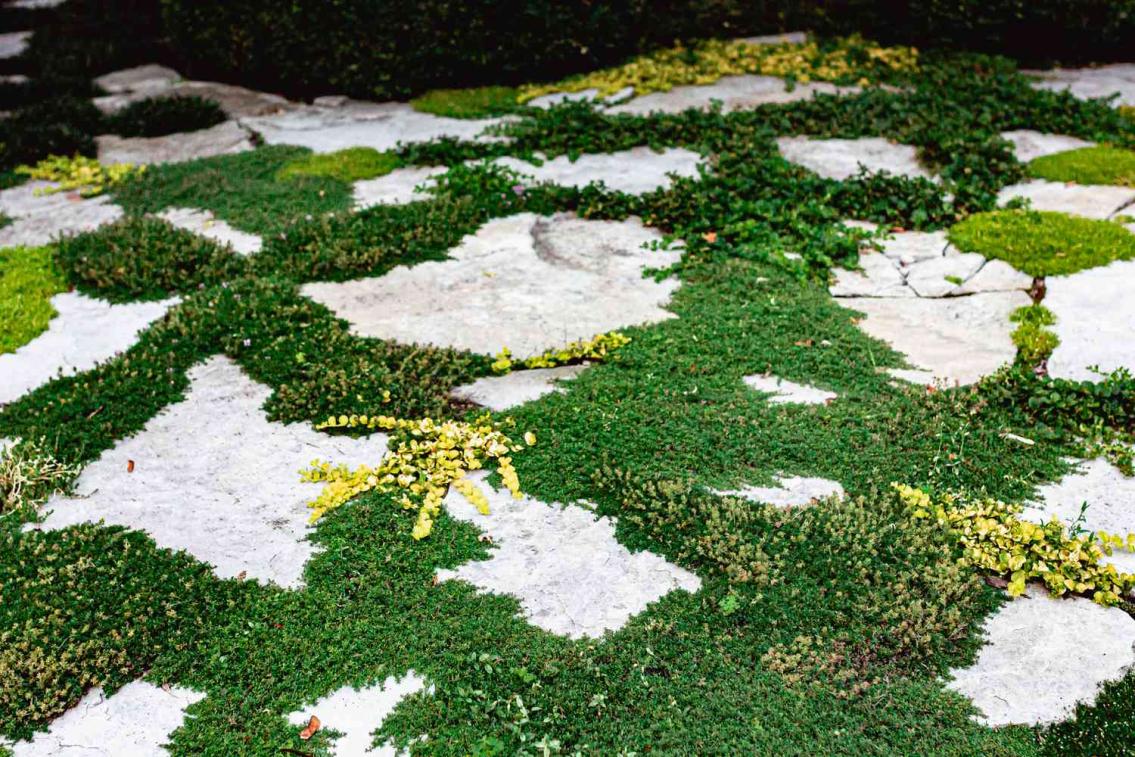What Are the Challenges of Using Satellite Data for Land Cover Classification?
Land cover classification, the process of assigning labels to areas of land based on their physical characteristics, plays a crucial role in various fields such as environmental monitoring, urban planning, and agriculture. Satellite data has emerged as a valuable resource for land cover classification due to its wide coverage, repetitive acquisition, and ability to provide multispectral and multi-temporal information. However, the use of satellite data for land cover classification is not without challenges.

Challenges In Using Satellite Data For Land Cover Classification
- Data Volume and Computational Requirements: The vast amount of satellite data available poses storage and processing challenges. The computational complexity of land cover classification algorithms further exacerbates this issue, requiring specialized hardware and software.
- Data Quality and Preprocessing: Atmospheric conditions, cloud cover, and sensor calibration can affect the quality of satellite data. Preprocessing steps such as radiometric and geometric corrections, noise removal, and mosaicking are necessary to ensure data quality.
- Spectral and Spatial Resolution: Satellite data often involves a trade-off between spectral and spatial resolution. While higher spectral resolution provides more detailed information, it may come at the expense of spatial resolution, making it challenging to classify mixed pixels and small features.
- Class Definition and Labeling: Defining land cover classes and creating training samples for supervised classification can be challenging, especially in areas with complex and heterogeneous land cover types.
- Algorithm Selection and Parameter Tuning: A variety of land cover classification algorithms exist, each with its own strengths and weaknesses. Careful algorithm selection and parameter tuning are necessary to optimize classification accuracy.
Overcoming The Challenges
- Data Management and Processing Techniques: Data compression and cloud computing can help manage large volumes of satellite data. Parallel processing and distributed computing approaches can expedite classification tasks.
- Data Quality Enhancement Techniques: Atmospheric correction methods can minimize the impact of atmospheric interference. Image fusion techniques can improve spatial resolution while preserving spectral information.
- Advanced Classification Algorithms: Deep learning and machine learning algorithms offer advantages over traditional methods for land cover classification. Multi-temporal and multi-sensor data can further enhance classification accuracy.
- Collaborative Efforts and Open Data Initiatives: Collaboration among researchers, data providers, and users can help address common challenges. Open data initiatives make satellite data more accessible and promote innovation.
The use of satellite data for land cover classification presents several challenges related to data volume, quality, resolution, class definition, and algorithm selection. However, ongoing efforts and advancements in data management, data quality enhancement, advanced classification algorithms, and collaborative initiatives are addressing these challenges. The potential of satellite data in revolutionizing land cover classification and its applications in various fields is immense.
YesNo

Leave a Reply